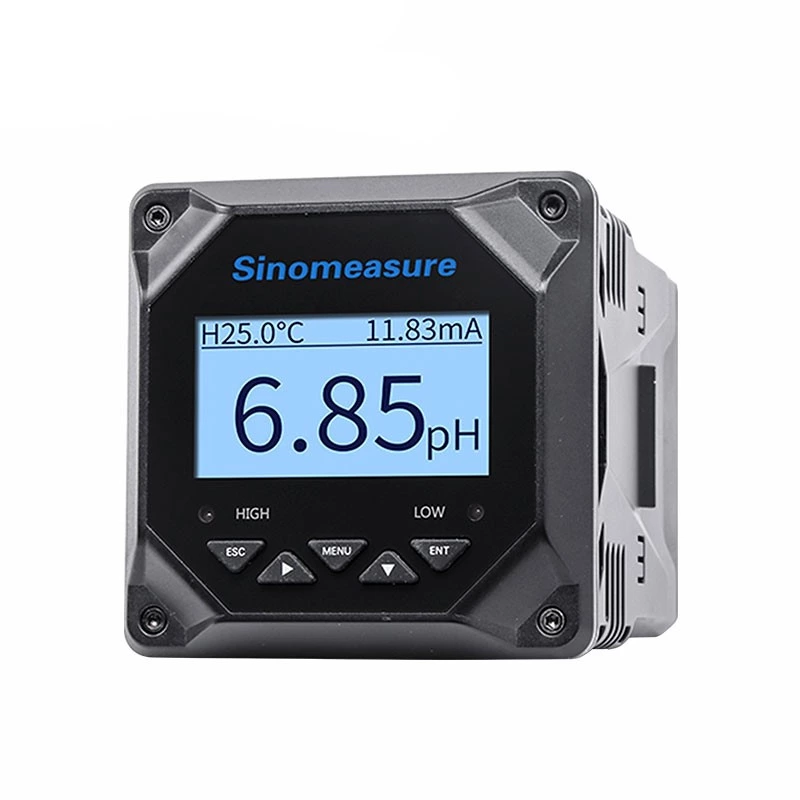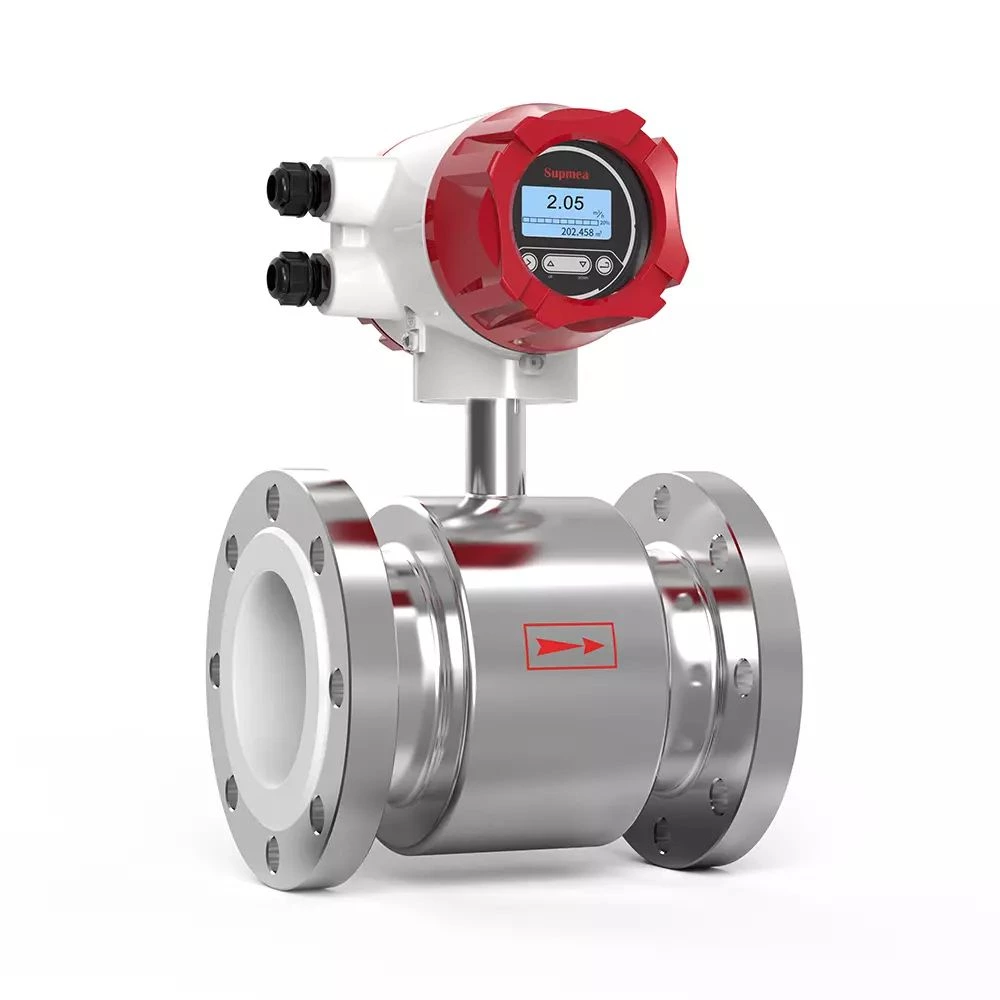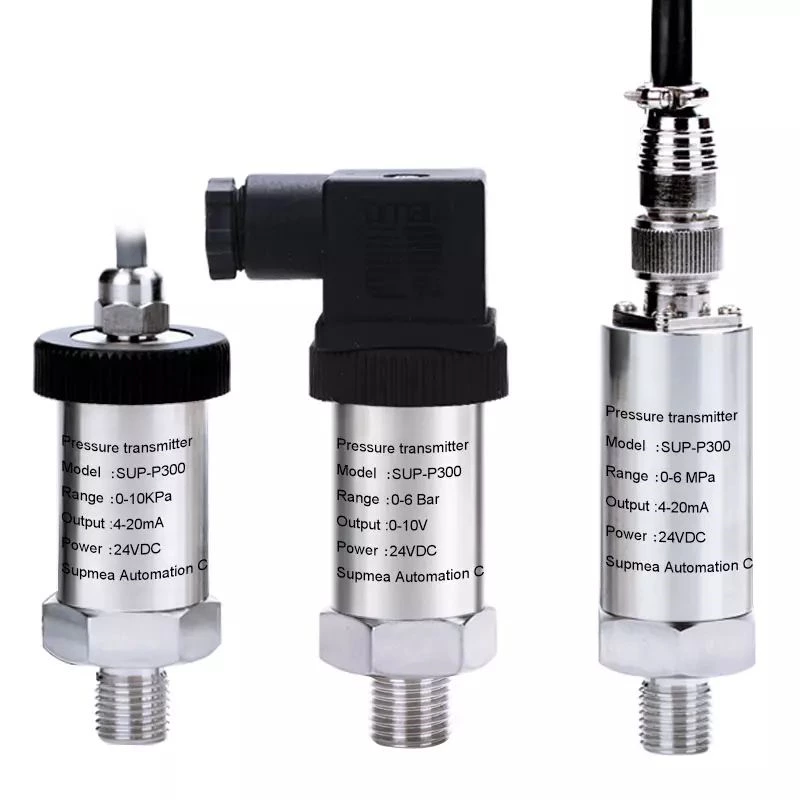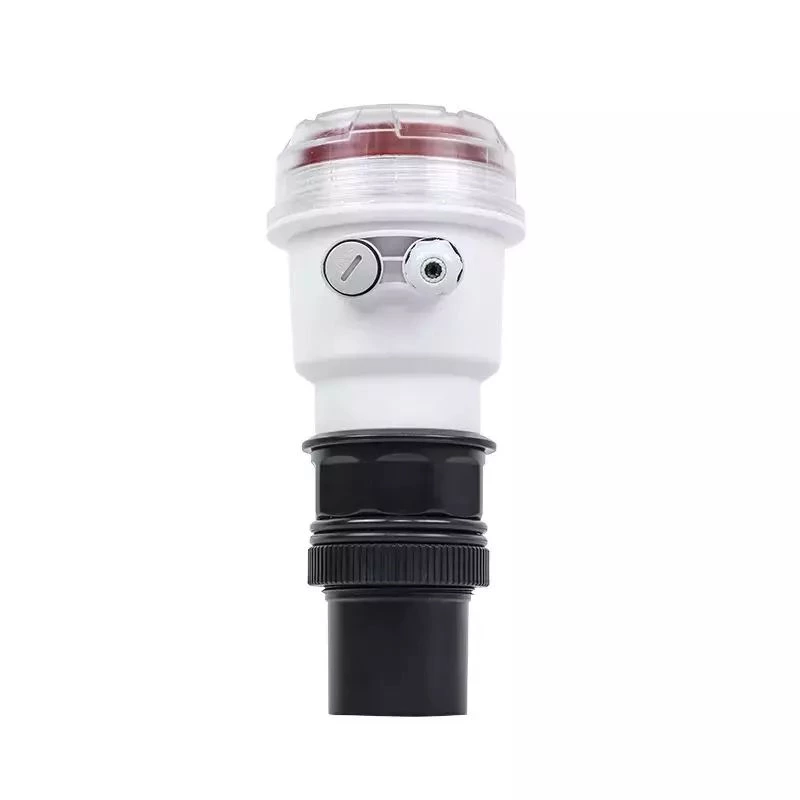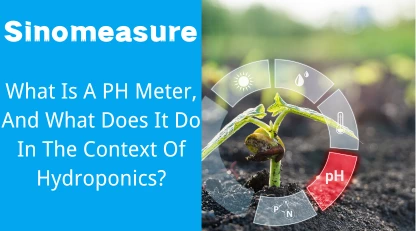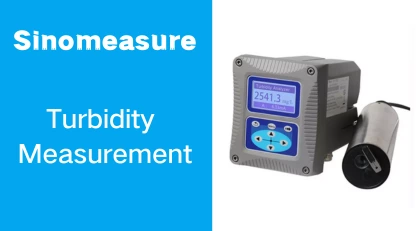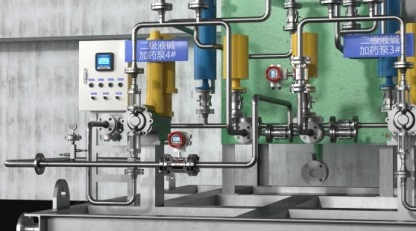In the world of hydroponic gardening, maintaining the right pH levels is a crucial factor that can make or break the success of your plants. pH directly affects nutrient availability to your crops, and maintaining the correct pH range ensures that they can absorb essential nutrients optimized. In this article, we'll explore the importance of regularly checking pH levels in hydroponic systems and provide you with insights on how to keep your plants thriving.
Why pH Levels Matter in Hydroponics
In hydroponic gardening, plants rely on nutrient solutions to fulfill their nutritional needs. These solutions are carefully balanced to provide the necessary minerals and elements that plants require for healthy growth. However, the availability of these nutrients is highly dependent on the pH level of the solution.
pH, which stands for "power of hydrogen," is a measure of the acidity or alkalinity of a substance. It is measured on a scale of 0 to 14, where pH 7 is neutral. In hydroponics, the optimal pH range for most plants falls between 5.5 and 6.5. At this range, essential nutrients are most available to plants, allowing them to thrive.
When the pH deviates from the optimal range, nutrient uptake can be severely affected. If the pH becomes too acidic or too alkaline, certain nutrients may become unavailable to the plants, leading to deficiencies. As a result, plants may exhibit stunted growth, yellowing leaves, and reduced yields.
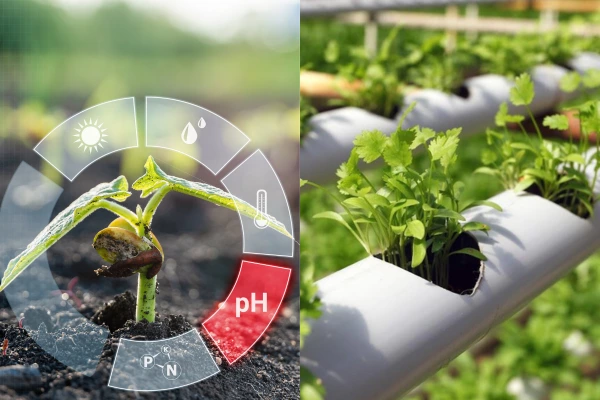
The Importance of Regular pH Monitoring
pH levels in hydroponic systems are dynamic and can change over time due to various factors such as nutrient absorption, nutrient evaporation, and pH drift. Therefore, regular pH monitoring is essential to ensure that your plants consistently receive the nutrients they need.
By checking pH levels regularly, you can identify any fluctuations or deviations from the optimal range promptly. This empowers you to take corrective measures, such as adjusting the pH of your nutrient solution, before any adverse effects on plant health occur.
How to Regularly Check pH Levels
Checking pH levels in your hydroponic system is a straightforward process. Here's a step-by-step guide to help you get started:
Step 1: Gather Your pH Meter and Calibration Solutions
Invest in a quality pH meter that is specifically designed for hydroponic applications. pH meters are available in various models, so choose one that suits your needs and budget. Additionally, ensure you have the necessary pH calibration solutions on hand.
Step 2: Calibrate Your pH Meter
Before taking any pH measurements, it's essential to calibrate your pH meter. Calibration ensures the accuracy of your readings. Follow the manufacturer's instructions to calibrate your pH meter using the provided calibration solutions. Most pH meters have an automatic calibration feature that simplifies the process.
Step 3: Take pH Measurements
Once your pH meter is calibrated, you can begin taking pH measurements of your nutrient solution. Dip the pH probe into the solution and allow it a few moments to stabilize. Read the pH value displayed on the meter.
Step 4: Record and Analyze Results
Record the pH measurements in a journal or digital spreadsheet. Over time, these records will provide you with valuable insights into the pH stability of your hydroponic system. Analyze the data to identify any trends or patterns in pH fluctuations.
Step 5: Adjust pH Levels
When NecessaryIf you find that the pH levels deviate from the optimal range, take the appropriate actions to adjust the pH. pH-up and pH-down solutions are commonly used to raise or lower pH levels, respectively. Make gradual adjustments and recheck the pH until you achieve the desired range.
Step 6: Rinse and Store Your pH Meter
After taking pH measurements, rinse the pH probe with distilled water to remove any residue. Properly store your pH meter to maintain its accuracy and prolong its lifespan.
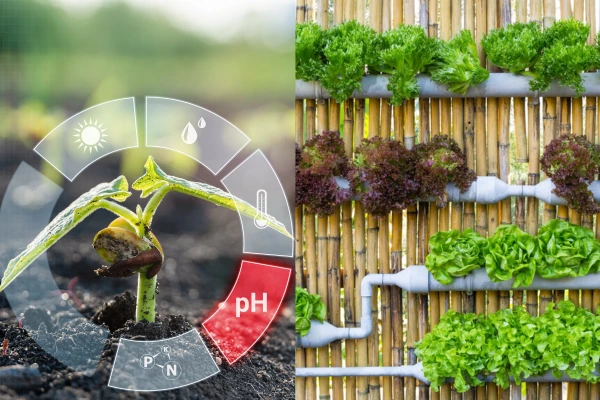
Benefits of Regular pH Monitoring
Regularly checking pH levels in your hydroponic system offers several benefits:
Optimal Nutrient Uptake: Plants can access essential nutrients efficiently when pH levels are within the optimal range, leading to robust growth and healthier crops.
Prevention of Nutrient Deficiencies: By addressing any pH fluctuations promptly, you can prevent nutrient deficiencies and avoid potential damage to your plants.
Increased Crop Yields: Consistent and appropriate pH levels contribute to higher yields, allowing you to enjoy a bountiful harvest.
Cost and Resource Savings: By ensuring that your nutrient solution stays within the ideal pH range, you avoid wasting valuable resources like nutrients and water.
Fine-Tuning Nutrient Solutions: Monitoring pH levels enables you to fine-tune your nutrient solutions to match the specific needs of your plants.
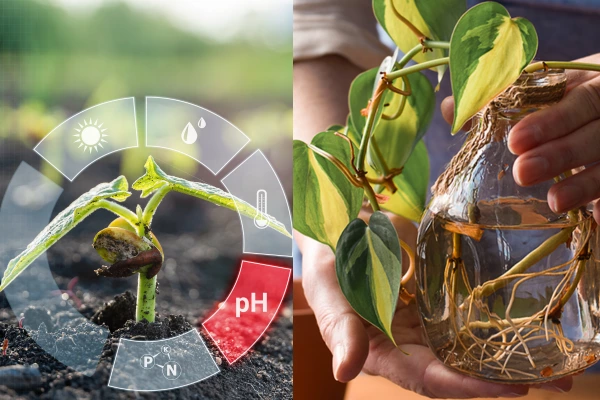
Conclusion
Regularly checking pH levels is a fundamental practice for successful hydroponic gardening. By maintaining pH levels within the optimal range, you provide your plants with the best conditions to thrive and flourish. Remember to invest in a reliable pH meter, calibrate it regularly, and monitor pH levels diligently. With consistent pH management, your hydroponic garden will reward you with healthy, vibrant plants and abundant harvests.

